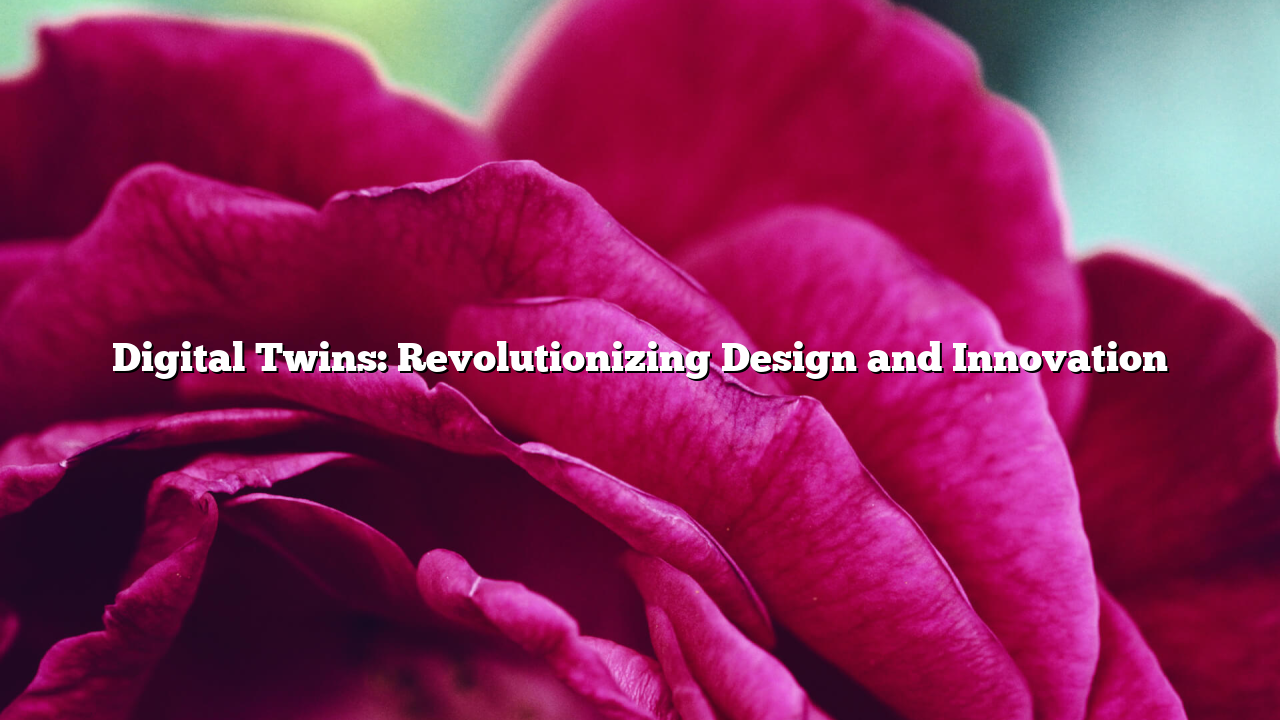Digital twin technology is rapidly gaining attention as a powerful tool for industries seeking greater efficiency and precision. A digital twin is a virtual replica of a physical otpklik object, system, or process that allows real-time monitoring, testing, and optimization.
In manufacturing, digital twins are used to simulate production lines, predict machine failures, and improve product designs before physical prototypes are built. This reduces costs, minimizes errors, and speeds up time-to-market. Automotive companies, for example, use digital twins to test vehicle performance under various conditions without the need for extensive physical testing.
The healthcare sector is also exploring digital twins. By creating models of organs or entire human bodies, doctors can simulate treatments, predict patient responses, and personalize therapies. This could revolutionize how diseases are diagnosed and managed, moving medicine toward more accurate and less invasive care.
In urban planning, digital twins are applied to cities, helping governments manage resources and infrastructure. A digital twin of a city can simulate traffic flows, energy consumption, or disaster scenarios, allowing policymakers to make data-driven decisions that improve quality of life.
However, creating digital twins requires large volumes of data, advanced computing power, and significant investment. Security and privacy are additional challenges, especially when digital twins involve sensitive medical or personal data.
In conclusion, digital twin technology offers enormous potential for innovation across multiple fields. By bridging the gap between physical and digital, it allows organizations to predict outcomes, optimize processes, and reduce risks, marking a new frontier in technological development.
